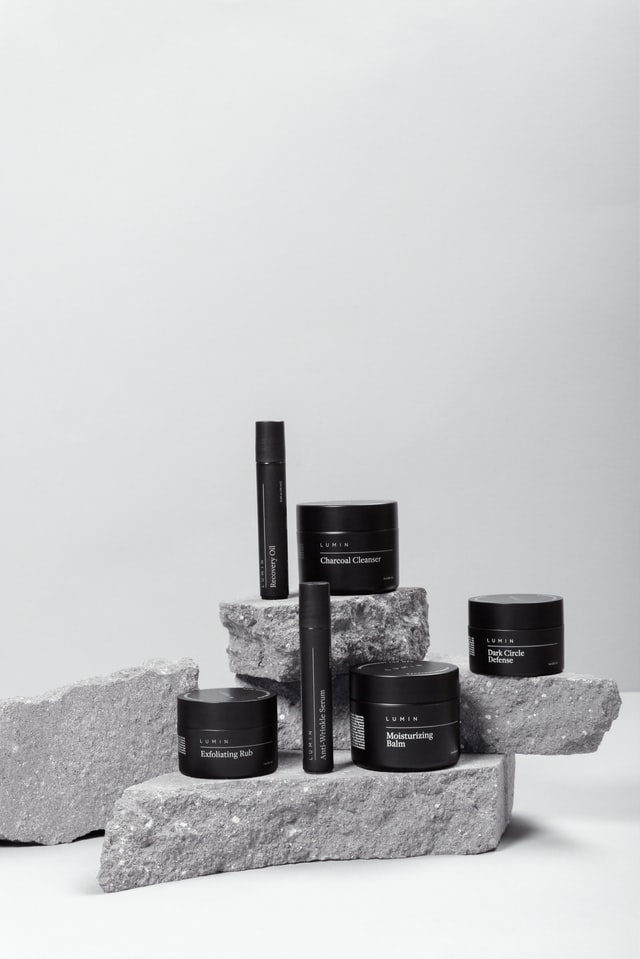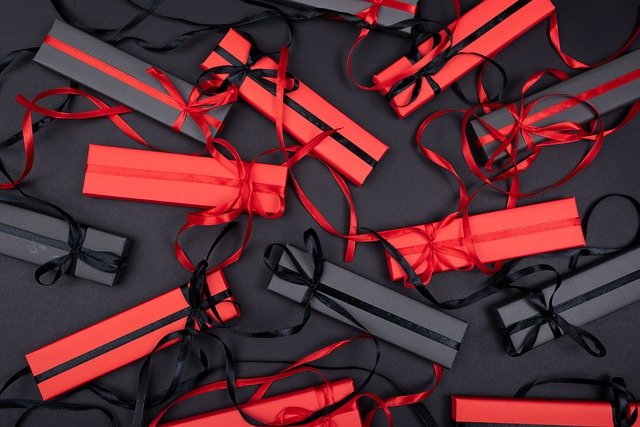Cosmetic packaging comes in all sorts and sizes. Ranging from bottles, jars, and tubes – we deal with cosmetic packaging every day. Most of us, however, do not pay much attention to the type of packaging our cosmetics are stored in. After all, it’s the cosmetics that matter and the packaging is just there to keep the product in place, right? Well, the truth is that the wrapping used to store your cosmetics actually can have a major influence on the product itself. Certain packaging materials can, for example, affect the quality or appearance of your cosmetics. Other cosmetic packaging materials may even be bad for your health.
Nowadays, there are plenty of different packagings available that are used in the beauty and cosmetic industry. Nevertheless, most of us do not know which of these packaging options may be harmful to ourselves or the environment. To help you select the best cosmetics based on their packaging, we have listed below the three most common types of cosmetic packaging materials along with their benefits and potential risks.
Plastic Cosmetic Packaging
By far the most commonly used packaging material used for cosmetics is plastics. Whether it’s your shampoo stored in a plastic bottle, your cremes stored in a plastic jar, or lotions that come in a plastic tube – plastic packaging is everywhere. This shouldn’t come as a surprise, considering plastic is the most commonly used packaging material in almost every industry. Thanks to its adaptability, durability, and highly affordable characteristics; plastics simply are the number one choice for companies when it comes to packaging materials.
When you go shopping for cosmetics and make-up, you simply can’t get around using plastic packaging. Although this may not seem to be an issue to most of us, the use of plastic does bring along some potential risks and dangers. Some of us may not know it, but plastics are a highly chemical and toxic blend of materials. When plastic packagings are exposed to high temperatures or pressure, they are known to crack and chemicals can leak out of the packaging into the products stored inside. As you can imagine, this can form serious health-related risks in certain industries such as the one for foods or, you guessed it, cosmetics.
The best-known chemical that is used for plastics and that is considered to be bad for our health is Bisphenol-A. This chemical, also known as BPA, is the world’s most commonly produced chemical that can be found back mostly in everyday plastic objects and packaging materials such as plastic jars and bottles. Nowadays, opinions differ on whether BPA is a risk to our health or not. Yet still, the majority of major health institutions and governments urge people to be careful around BPA-positive items as there are studies that show that the intake of too much BPA may lead to severe illnesses including cancer. That being said, please keep in mind that not all plastic contains BPA and that there are plenty of safe and BPA-free plastic packagings available.

Aluminum Cosmetic Packaging
Traditional metal packaging has been used for decades, however, its popularity never caught on in the cosmetic industry. The reason behind this lies, most likely, in the fact that cosmetics are often used in the bathroom and metal packaging is prone to rust. With the rise of aluminum packaging, however, this was all about to change.
Unlike traditional metal packaging, aluminum does not corrode or rust. It’s furthermore much lighter in weight and has a more premium appearance. This makes it an ideal cosmetic packaging. Besides its practical benefits, aluminum brings along a list of health and environmental benefits as well. Aluminum is, together with glass, one of the only materials considered to be 100% food- and body-safe by the FDA. As such, it’s considered to be a perfect packaging for food and cosmetic products. Aluminum furthermore does not contain any chemicals, hence it won’t affect the content of the jar or bottle in any way. This makes it a suitable packaging material for any type of cosmetics. Added to that, aluminum offers a seamless packaging that is leak-resistant and simply looks stunning to the eye. And last but not least, aluminum is a 100% recyclable material, making it one of the most environmentally friendly packaging options available today.
Because of the reasons stated above along with the fact that aluminum is affordable and easily customizable, aluminum is one of the most commonly used cosmetic packaging materials used today. Nowadays, you’ll find it in the form of aluminum bottles for lotions, dropper bottles for oils, and, of course, the famous aluminum tins used for cremes. No matter your cosmetic packaging needs, there will always be an aluminum bottle or container suitable for you.
Glass Cosmetic Packaging
Last but not least, there is glass. Glass is another material that is commonly used for packaging purposes in the beauty and cosmetics industry. This type of packaging mainly comes in the form of bottles and jars. Ranging from compact dropper bottles and glass cosmetic jars to unique and beautifully crafted perfume bottles; glass is a popular packaging material for high-end and premium beauty goods.
Glass is a premium material, which gives it a benefit over plastic and aluminum in terms of design. On the downside, however, glass is heavier, less durable, and significantly more expensive. Nevertheless, the use of glass packaging mainly brings along benefits in terms of health and the environment. Just like aluminum, glass is a natural material that is considered to be 100% body-safe by the FDA. It is furthermore chemical-free, which means it does not affect the products stored inside in any possible way. On top of that, glass forms a highly efficient barrier to outside air, moisture, and smell. This helps to preserve your goods and significantly increases their shelf life. Finally, glass is fully recyclable, which makes it a sustainable and environmentally friendly packaging material.




